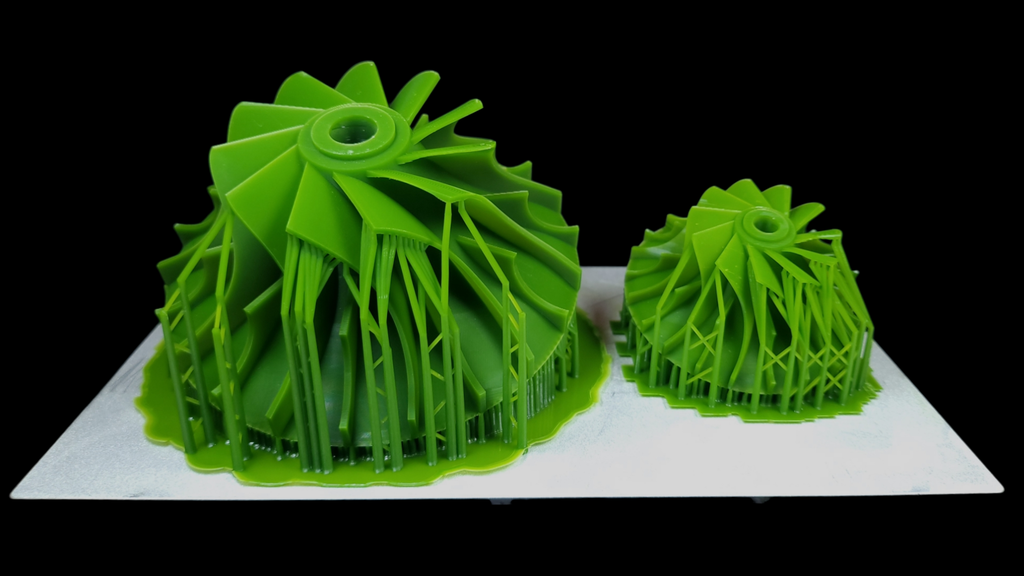When it comes to selecting the right 3D printer for your application, the conventional wisdom suggests FDM for affordability, SLA/DLP for precision, and SLS for large-scale industrial use. However, these generalisations often fall short in capturing the full picture.
Cost
Traditionally, FDM printing has been the go-to for cost-effective parts and prototypes. On the face of it, this makes sense because of typical material costs- PLA filament can cost in the neighbourhood of Rs.1000/kg while Nylon Powder (SLS) and Resin (SLA/DLP) is typically thought to cost significantly more. While this was the case a few years ago, especially with resins available from OEMs that locked you into their ecosystem (legacy company resins still cost over Rs. 8000/kg and go up to Rs. 50000/kg for their speciality resins), now there are resins available under Rs. 2000/kg such as FORM3D’s clear resin that is developed and manufactured in India.
Moreover, the cost of resin based MSLA printers has dropped in recent years with a medium to large capacity, extremely high resolution MSLA printer costing anywhere between Rs. 30000-50000.
Finally when looking at the final cost of 3D prints (material cost + time on the printer), certain prints that come out of resin printers often tend to be the most economical due to-
Speed
Modern MSLA/DLP resin printers typically print parts much faster than any other printer because they cure entire layers in a few seconds. Here’s an example-
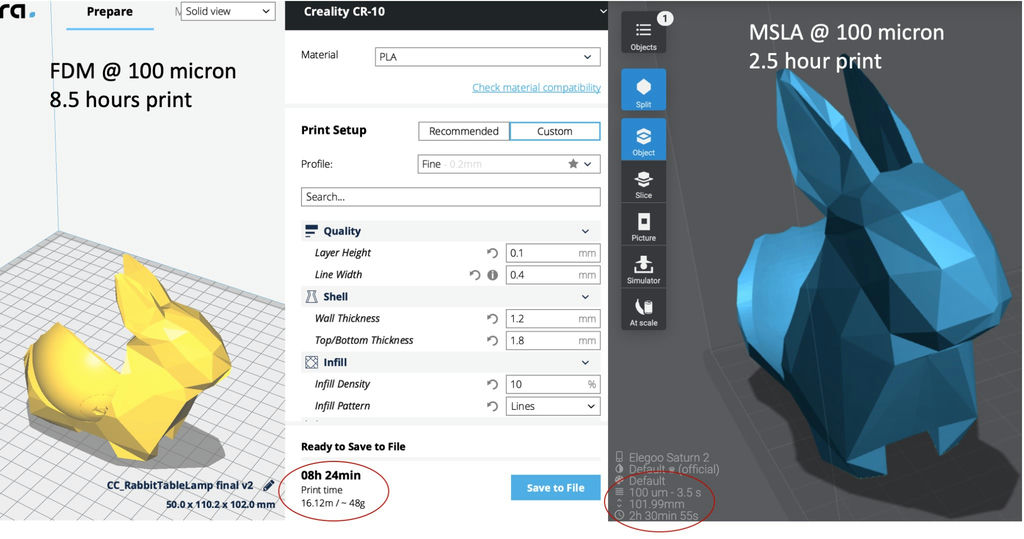
If we price for time and material used in costing (but don’t include the extra time for finishing (see below)), the FDM part would cost Rs. 150 while the MSLA part would cost Rs. 110.
Economies of scale
If a batch of parts are needed to be printed, and they all fit on the build platform together, the time required to print these parts using resin printers is the same as the time required to print a single part. This is the case for SLS parts but not for FDM parts. Here’s an example-
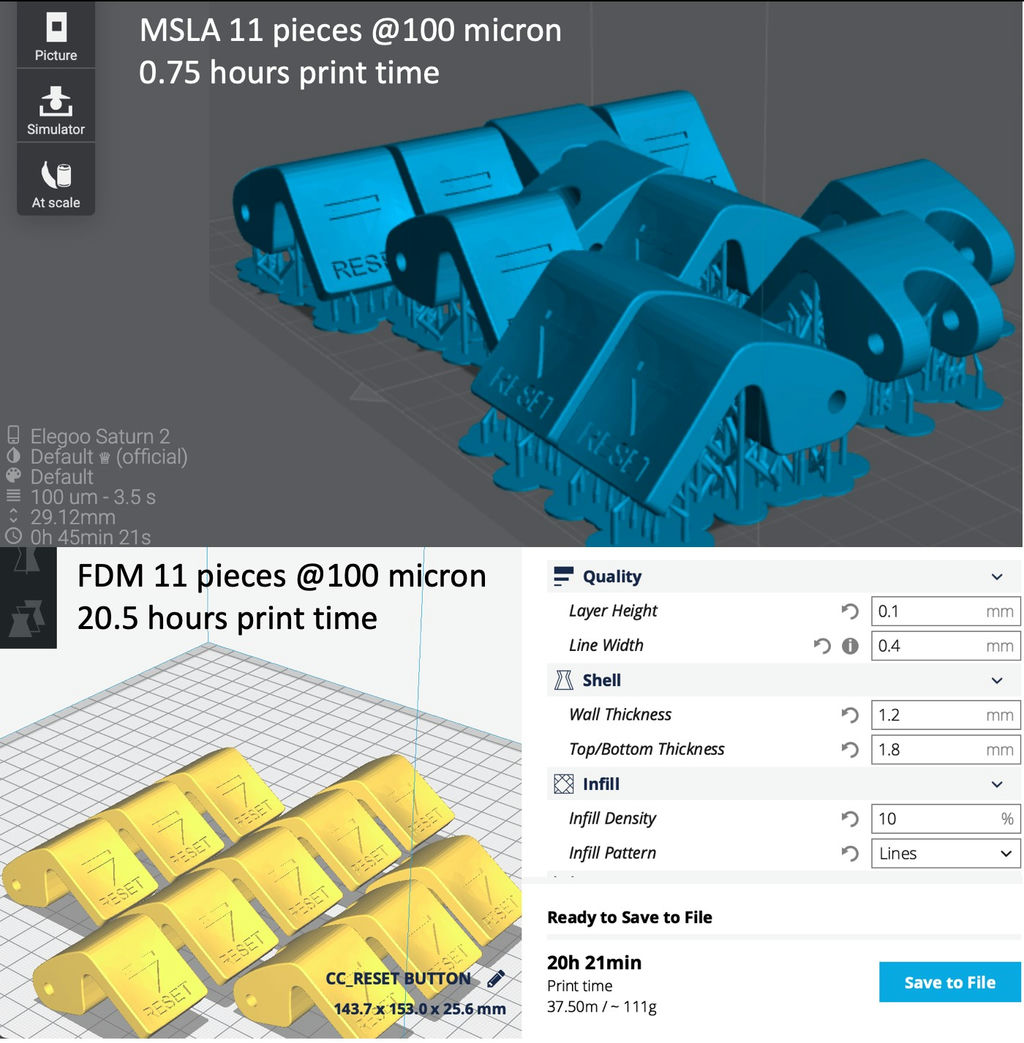
Again, if we price for time and material used in costing (but don’t include the extra time for finishing (see below)), the FDM parts would cost Rs. 340 while the MSLA parts would cost Rs. 230 (in addition to being ready over 18 hours earlier!).
Finishing
Resin parts require the least amount of finishing- simply post cure parts in the UV chamber for a minute and remove supports to get completely smooth non porous parts. Due to the high accuracy, sanding and smoothening is not required unlike in FDM and SLS parts. For additional finishing, regular acrylic paints stick better directly to resin parts than to filament or powder based parts which need primers as a base coat.
Part properties
Resin parts used to be thought of as weak and brittle but several new resins are available like FORM3D’s Snap-F which is strong and slightly flexible making it perfect for certain engineering applications, or FORM3D’s High Temp which has a Shore D hardness of over 90 and can easily withstand temperatures over 200℃ (a temperature most thermoplastics used in FDM and SLS printing cannot withstand).
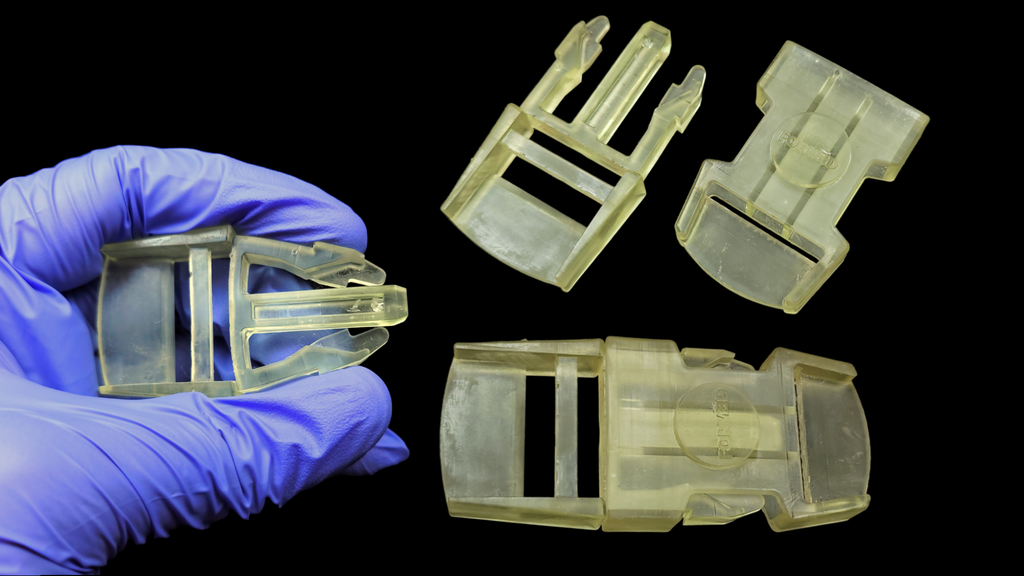
Additionally in certain applications, resin 3D printing has already taken over as the most cost effective and best method of producing final parts especially due to the high level of accuracy and design freedom it provides as well as the growing library of resins available.
The jewellery industry has almost completely switched from creating manual designs into using CAD/CAM using resin based 3D printers to create perfect master parts that have extremely high levels of part features and accuracy. These are then silicone moulded and cast in wax in multiple numbers for investment casting. Increasingly, jewellery manufacturers are now using castable resins like FORM3D’s Jewellery Casting to skip the step of creating a silicone mould and wax casts, and instead are simply putting the 3D printed resin models into the investment, and burning them off (without any carbon deposits). When producing under 500 pieces of the same pattern and size, this tends to be a more economical solution for manufacturers.
Similarly in the dental industry, all over the world, crowns and bridges are now being made predominantly by 3D printing them in casting resins like FORM3D’s Dental Casting, and investment casting them in metals or ceramics that are safe to implant in patient’s mouths.
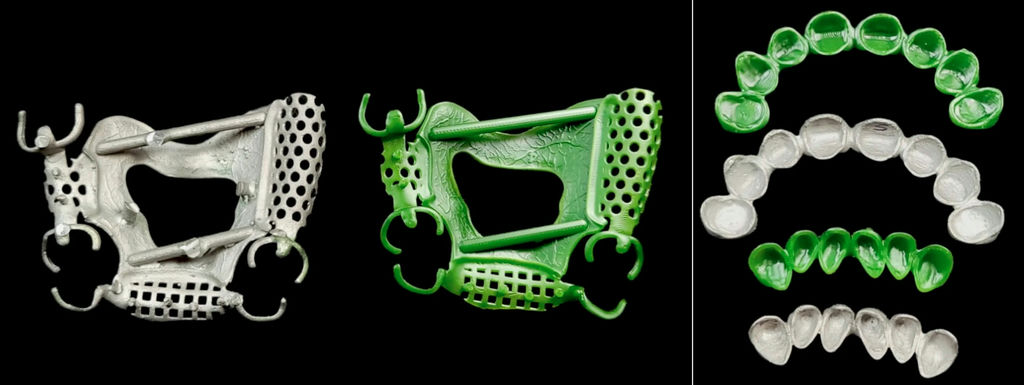
New resins are also being developed and sold that are biocompatible and have mechanical properties similar to natural teeth allowing dentists to 3D print crowns which directly can be implanted into their patients’ mouths.
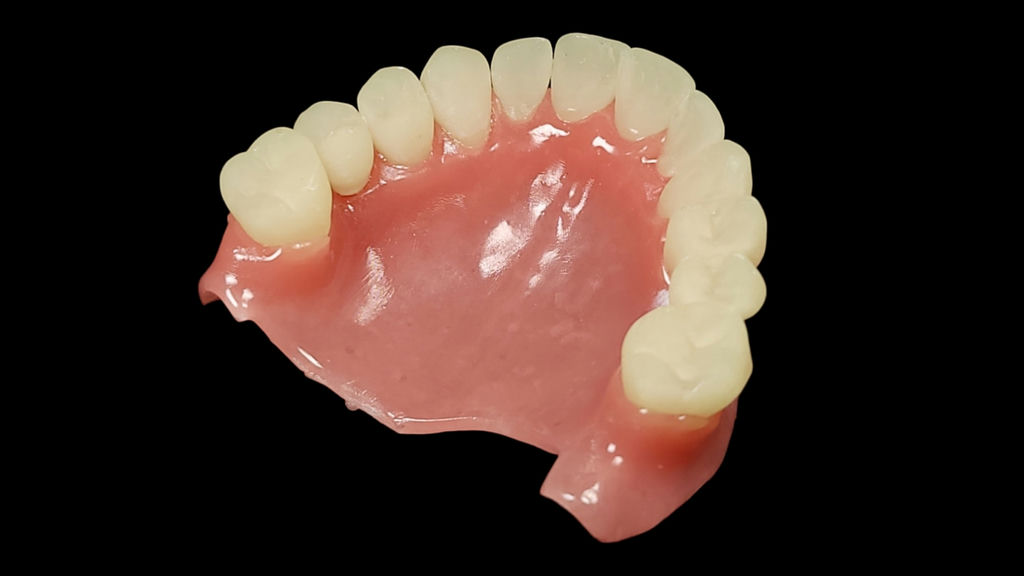
Healthcare and in particular implants are a major future market for biocompatible resin 3D printing because of the requirement for individualisation, extremely high accuracy, and a quick production time.
Medium scale manufacturing
Higher performance resins allow for medium scale manufacturing of functional parts- not simply non functional prototypes as is generally the case for most 3D printed parts.Resins are available that mimic or even exceed properties of commonly used thermoplastics like ABS, PET, HDPE etc. FORM3D’s range of F resins achieve and surpass some of these properties.
Injection moulding proves economical only for quantities exceeding 10,000 units, largely due to expensive tooling. Tooling also takes time- sometimes multiple months before the parts can be manufactured. Due to this, manufacturers often commit to manufacturing a higher number of parts than they actually need, and then storing them in warehouses (which also leads to higher storage and transportation costs). Additionally, manufacturing parts in higher numbers can lead to slower update cycles of products because sales teams are incentivised to sell off old stock before launching newer versions out of fear of obsolescence.
3D printing in resin can solve some of these problems. Due to the economies of scale available (specifically related to time of production), manufacturers can set up print farms which manufacture much smaller batches (10-500) of parts at different locations which could significantly reduce warehousing and transportation costs.
See the above reset buttons image as an example. Depending on the build platform of the resin 3D printer, 1000 parts could be manufactured in 50 hours of print time at a cost of Rs. 16 per piece. Even 10000 parts on resin 3D printing would take 24 days as opposed to having to wait 2-3 months just for the tooling to be completed.
Another way to reduce batch sizes is to 3D print the core of injection moulding tools using high temperature resins like FORM3D’s High Temp which allows approximately 100 shots of plastic. These cores can either be reprinted for more parts, or the design can be changed allowing for a lot more design flexibility. 3D printed cores can also be used as tooling prototypes to eliminate potential mistakes in metal tooling design which is often unfixable and leads to delays of several months.
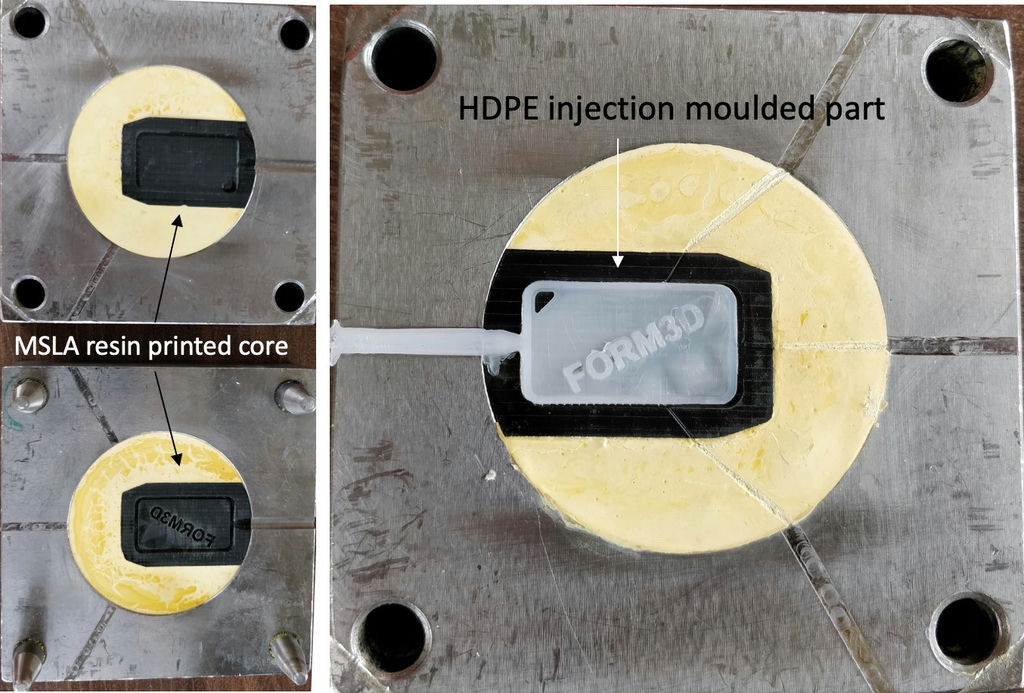
If you have questions about which type of 3D printing makes the most sense for your organisation, get in touch with experts like FORM3D’s support team who will be able to guide you at [email protected]
Subscribe to AM Chronicle Newsletter to stay connected: https://bit.ly/3fBZ1mP
Follow us on LinkedIn: https://bit.ly/3IjhrFq
Visit for more interesting content on additive manufacturing: https://amchronicle.com

